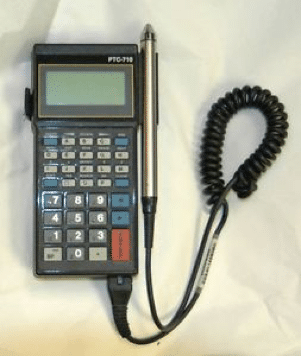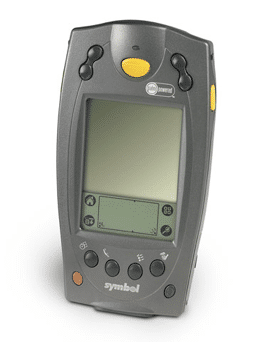Digitization - A Cacophony of Noise
Digitization. It’s a great buzzword. Over the past year it’s reached an all-time high in usage. Every hardware and software manufacturer has written article upon article about it. Many have dedicated entire marketing programs to it. Whoever coined the term should be given a marketing award because it’s a shiny new skin on something that has been around for a very long time. Something we've even encountered seventeen years ago.
In June of 2000, I went to work for a paint supply distributor in the Mountain West. Their sales model was to manage the sundries inventory (brushes, rollers, rags, plastic sheeting, etc.) of numerous paint stores from the Pacific cost to the Midwest. Account Managers (AMs) would drive to a store, take inventory, and reorder whatever products had been depleted since the previous visit. The paint store paid for the inventory, but we managed it.
THE PROBLEM
AMs were equipped with Telxon scanners that included a barcode scanning wand which had to be swiped along the barcode, an internal modem, and a speaker on the back. The wands almost never worked properly so none of the AMs used them and every part number for thousands of items in our warehouse had to be entered by hand. When they finished creating an order they’d borrow the store’s phone, dial our mainframe, physically press the Telxon’s speaker to the phone and the modem would transmit the order. It was old school, very loud, and every customer in the store would stop what they were doing to see what the awful noise was. Even in 2000, it was older technology, but everyone in the industry used it.

Shortly after I began my tenure as their IT Manager, I went into the field to better understand the business. I saw a lot of wasted time and effort. In their defense, their expertise was sales and paint supplies; mine was technology and efficiency. Once I understood their process and challenges I began working on a solution. The biggest problem they faced wasn’t actually the scanner, it was inventory. The AM in the field had no idea what inventory was available in the warehouse. Their fill rate was staggeringly low. This meant the product the customer needed and wanted to buy was not being sold. Other issues included wasted time keying in orders, mistakes by manual entry, retransmits and consequential duplicate orders because of bad phone lines, and neither the AM or paint store owners would know what was going to ship until it arrived, or until a paper invoice showed up in the mail. In today’s world inefficiencies like this wouldn’t be tolerated. You’d go out of business. Seventeen years ago, this was the standard.
THE SOLUTION
The solution I developed was to replace the Telxon scanners with a cutting-edge Symbol handheld device (with built-in barcode gun and cell modem), develop a custom app, integrate a number of new and existing systems, renegotiate our long-distance rates, and implement a new technology, cellular data. Suddenly, they had a potential competitive advantage, higher efficiencies and inventory turn rates, and increased sales and profitability.

Now, an AM could enter a store and build an order in 80% less time with no input errors, which decreased returns and allowed them to serve more customers per day. This would increase their customer base, territory size, and individual income. Using the cell modem, the order would be compared with real-time inventory and adjusted accordingly, which increased fill rate and sales; for example, replacing an out of stock 12oz tube of caulk with two 6oz tubes. The order would be transmitted silently, and instantly. A confirmation fax or email (for those who knew what email was and elected to use it) would be sent to the customer before the AM left the store, so customers knew what was coming on the next truck and could make any desired adjustments immediately. Invoices were sent via fax and email as well, saving thousands of dollars in postage each month. In every way, this new solution was disruptive (another buzzword), both to ourselves and our industry. It was Digitization. Seventeen years ago. Before it became a buzzword.
Buzzwords serve a purpose, to coalesce a complex thought or set of thoughts into one simple, easy, referenceable idea. The trick with turning buzzwords into something real is to know what they mean or be working with someone who does. The only way to know what a particular buzzword means in real life is to have experience putting the underlying principals into practice. If your organization has the experience, you don’t need the buzzword because you’re already doing it (and you’ve likely already given it a name, though probably not as sexy). If your organization doesn’t have experience integrating existing and disparate cutting-edge technologies, to hewn out of them a competitive advantage, you need to find someone who does. (Obviously, I’d recommend Internetwork Engineering (IE).) Either way, buzzwords like Digitization mean something to your competitors and ultimately your customers, so it’s time to wade thru the cacophony of noise and find out why they should mean something to you and how you can make them work for your business.
If you’d like to further discuss Digitization, its underlying principals, and why you should care, please reach out to us.



